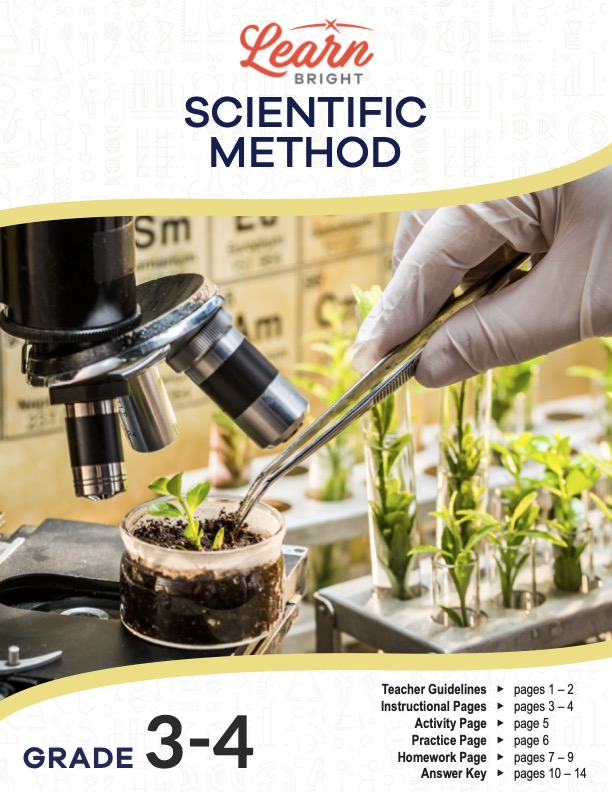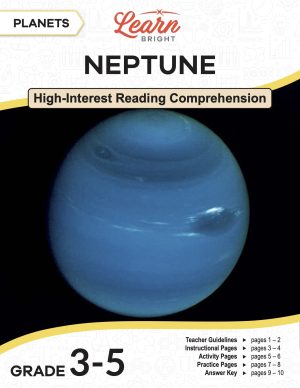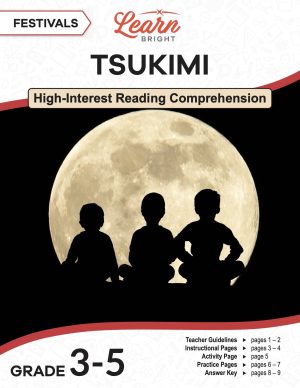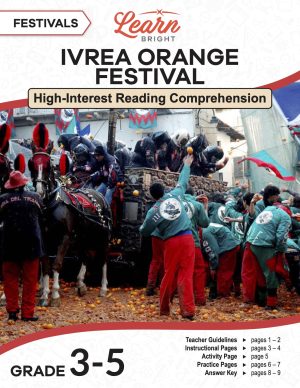Description
What our Scientific Method lesson plan includes
Lesson Objectives and Overview: Scientific Method teaches students how scientists use this process to conduct experiments. Students will learn how to define and explain this method and use it in a simple experiment. They will understand each step and be able to follow them correctly. This lesson is for students in 3rd grade and 4th grade.
Classroom Procedure
Every lesson plan provides you with a classroom procedure page that outlines a step-by-step guide to follow. You do not have to follow the guide exactly. The guide helps you organize the lesson and details when to hand out worksheets. It also lists information in the yellow box that you might find useful. You will find the lesson objectives, state standards, and number of class sessions the lesson should take to complete in this area. In addition, it describes the supplies you will need as well as what and how you need to prepare beforehand. For this lesson, you will need to supply one penny, one dime, one nickel, a ruler, a water dropper, a cup of water, and paper towels for each group of students. You will need to prepare beforehand to know how many of each item you need to get. You are also more than welcome to adjust the activity and have students use different objects, or even different coins.
Options for Lesson
There is a number of suggestions in the “Options for Lesson” section of the classroom procedure page that you might want to consider adding to the lesson. One such suggestion is to have each group of students experiment with a single coin and compare with other groups. Alternatively, you could have them look at more than the three coins you provided. Another options is to discuss variables and the two types that apply to experiments. You could also use the practice page as a homework assignment or the homework as a practice. One final suggestion is to plan an “Experiment Day.” Have students come up with an experiment and hypothesis and then present their work to the class.
Teacher Notes
On the teacher notes page, you will find a paragraph of additional information. It will provide a little extra guidance and thoughts on the material. This lesson, for instance, will outline the scientific method as having four steps with a few sub-steps. You can use the space on the page to write any notes you have before you present the lesson to your class. Or, if you have some ideas on other activities to use or ways you might adjust the lesson, this is a good place to write them down.
SCIENTIFIC METHOD LESSON PLAN CONTENT PAGES
Introduction and Background Knowledge
The Scientific Method lesson plan contains two pages of content. To teach students about this process, the pages outline each step using an overarching example about spiders and spider webs. The first page describes the process and explains how to use this process to find answers to questions. It starts off asking students if they have ever needed to solve a problem at home. Perhaps a video game stopped working or started acting strangely. Depending on the problem, maybe they were able to fix it, or they realized that they had to get a new game.
The lesson describes that this process of identifying a problem, guessing how to solve it, and seeing the results is the scientific method in action. This process is not just for scientists in a laboratory, and it’s not just to solve problems within the field of science. The scientific method is a process that students can apply to just about any problem that deals with any topic. Students will discover that the purpose of this process is simply to prove or disprove a theory about why something happens or how to solve a problem. The lesson plan divides the process into four steps: observation, hypothesis, experiment, and conclusion.
Students might enjoy learning how one scientist’s observation of melting chocolate led to the invention of the microwave. You might want to have students research this scientist to learn more about how he used the scientific method to test his theory.
First Two Steps of the Scientific Method
Students will learn about observing and creating a hypothesis (making a guess) based on what they observed. They may not already know this, but observing is not just an action for the eyes. In fact, students may learn that, depending on what they want to observe, they will need an entirely different sense. They may need to listen, taste, smell, or touch something in order to observe it the way they need to. Sometimes, they may even need to use more than one of the five senses. Scientists observe things so that they can study, learn about, or identify an event or object. Regarding the spider web example, the scientist observes the pattern, size, and texture of the web. This observation requires both sight and touch.
Students will next discover what a hypothesis is, which is an educated guess or theory that might explain an event that someone observed. Usually, it is a statement that answers a specific question. It requires three things: it must explain the observation, be testable by others, and produce the same results when repeated. In the example, the scientist asks the question, do big spiders build stronger webs? The hypothesis: if a spider is larger, then it will create a stronger web.
Last Two Steps of the Scientific Method
Next, students will learn about setting up an experiment to test their theory. The experiment will either prove or disprove the hypothesis. In other words, they will be able to see whether their guess was true or false. With the scientific method, the experiment should only test a single variable. That variable must be something that can change. In addition, the experiment must be repeatable. If another scientists cannot repeat the exact same test, then the experiment needs to change. The example shares that the scientist tests the strength of various spiders’ webs. He measures the spiders’ sizes and use the same method to test the web strength for each one. Then he compares the spiders’ sizes to their webs’ strength.
Finally, students will analyze the data they collect to see if they were right or wrong. This is the conclusion step of the scientific method. During this step, scientists gather all the data from the experiment and analyze it to discover the answer to their question. If the hypothesis is correct, then they can use their statement to answer the question. If not, they must come up with a new guess or theory and perform another test. For the example, the scientist gathers his data. If he finds that larger spiders do, in fact, build stronger webs, then that is his conclusion. Otherwise, his new hypothesis might be that the size of a spider does not affect the strength of its web.
SCIENTIFIC METHOD LESSON PLAN WORKSHEETS
The scientific method lesson plan includes three worksheets: an activity worksheet, a practice worksheet, and a homework assignment. (The “Options for Lesson” section of the classroom procedure page suggests the possibility of switching the latter two if you want.) Each worksheet helps gauge students’ grasp of the material. The activity will especially help them practice the scientific method in a hands-on way. The guidelines on the classroom procedure page outlines when to distribute each handout.
COIN TEST ACTIVITY WORKSHEET
The activity requires students to compare a penny, nickel, and dime in relation to how many drops of water each can hold. Students will first write some things they observe about each coin. Then they will write a hypothesis as to how many drops each coin can hold, but they won’t just write a number. Following the steps of the scientific method, students will then test their theories and record the data. At the end, they will conclude whether or not they were correct and explain what they found.
MATCH THE STEP PRACTICE WORKSHEET
For the practice worksheet, students will review 20 descriptions. There are four words in the word bank: observation (O), hypothesis (H), experiment (E), and conclusion (C). Students will mark the statements with the letter they represent.
SCIENTIFIC METHOD HOMEWORK ASSIGNMENT
There are two parts to the homework worksheet. First, students will answer six questions that are multiple choice. For the second section, they will read 12 sentences. They must determine which step of the scientific method the sentence corresponds to.
Worksheet Answer Keys
The last couple pages of the lesson plan provide answer keys all three worksheets. On the activity worksheet, it is possible that there will be some slight variation with the figures for the coin measurements. However, they should be fairly close if not exactly the same. The answer key provides a sample hypothesis to test for the sake of the rest of the activity, which will vary from group to group. The practice worksheet lists the correct answers in red. The same is true for the homework answer key. It highlights the correct multiple choice answer for that section and marks in red the correct terms for the second section.









